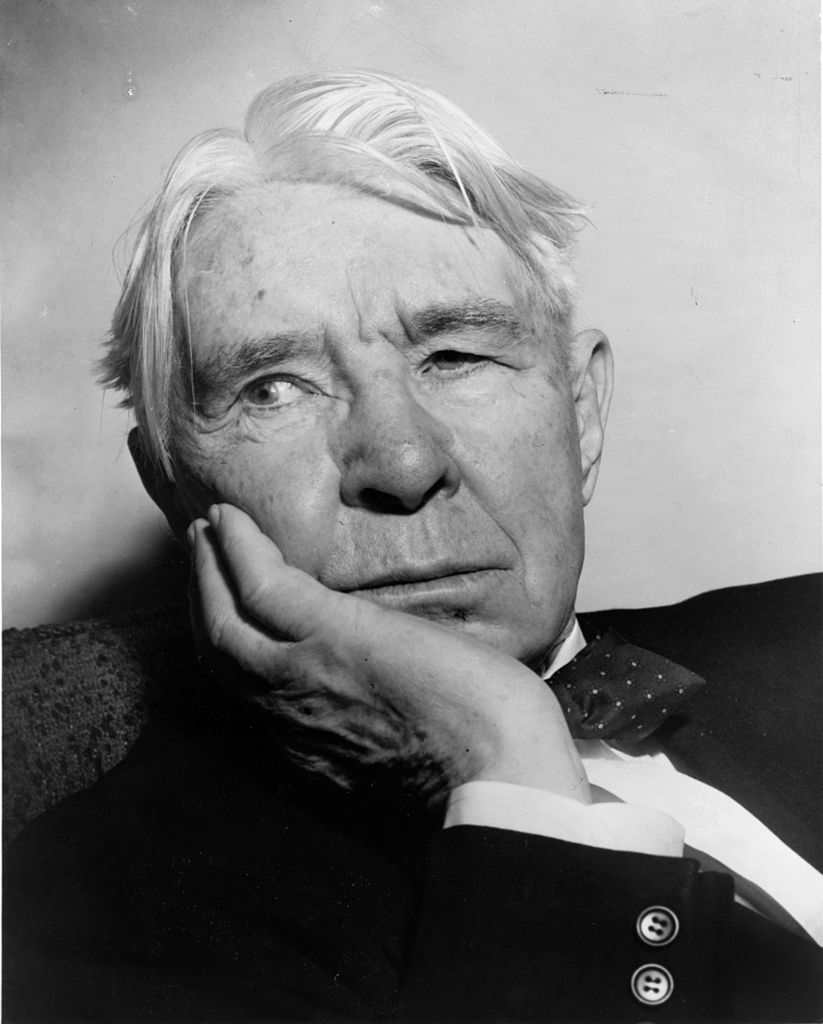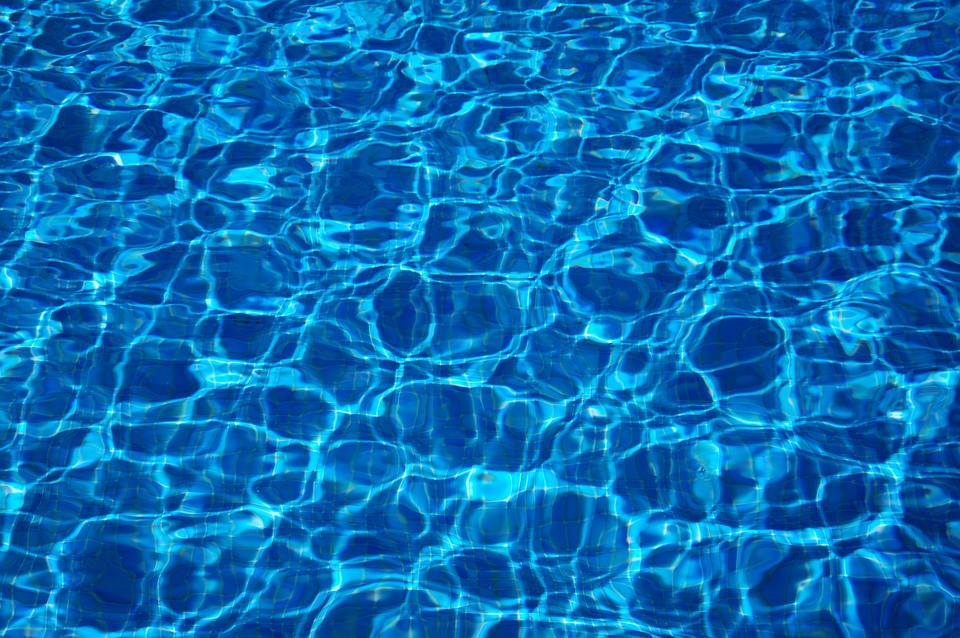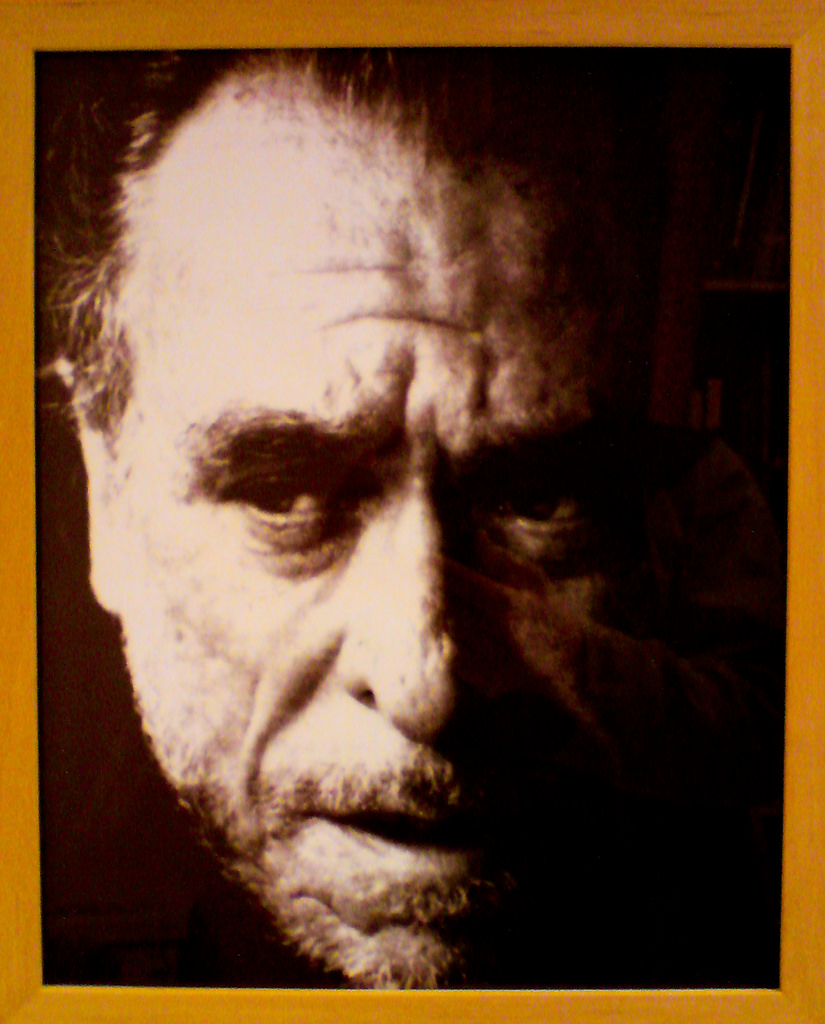INTRODUCTION- Regarded as a “major figure in the contemporary literature”, Carl Sandburg (January 6, 1878- July 22, 1967), was an American poet, writer, and editor. His major works were the volumes of his collected verse, including Chicago Poems (1916), Cornhuskers (1918), and Smoke and Steel (1920), and his biography of Abraham Lincoln.
THE POEM- Henry Holt and Company first published “Grass” in New York in 1918 in a collection of one hundred three poems entitled Cornhuskers, Carl Sandburg won the Pulitzer Prize for this collection. The poem “Grass” is a call to remember the wars of the past, their futility, the inevitable destruction the wars leave behind and the role of nature in covering up the physical wreck of thousands dead bodies.
SETTING OF THE POEM- The poem is set in the nature, the grass being personified as human is portrayed as the protagonist itself. Carl Sandburg has personified the nature to put forward his views regarding the uselessness of war , the consequent destruction and the selfishness of human in participating in such futile wars without being considerate to the nature’s work of masking the wreck left behind.
POETIC DEVICES-
ALLUSION- “at Austerlitz and Waterloo…”, “at Gettysburg” , ”at Ypres and Verdun”, direct reference of the historical wars.
ALLITERATION- “Two years, ten years, and the passengers…”
METAPHOR- An implied metaphor equates “grass” with “time” since it erases the physical memories of the war.
PERSONIFICATION/IMAGERY- “I am the grass; I cover all” Grass/nature is being personified as a human to make the readers consider the hollow purpose of war, the shallowness of human and the work of nature in covering up human’s dirty deeds.
“Passengers ask the conductor”, the passengers being the humans ignorant of their past errors and the conductor being the grass/nature still masking the results of those human errors.
FREE VERSE- The poem has been composed in free verse, ignoring the rhyme scheme, Grass follows the natural rhythm of speech.
Summary of Grass by Carl Sandburg
In the first stanza, the grass commands the soldiers to “pile the bodies high” at Austerlitz and Waterloo, two famous battlefields from the wars lead by Napolean during the early nineteenth century. The grass being personified as human says that it covers it “all”, covers the wreck left behind by the futile wars.
In the second stanza, the grass mentions other famous battlefields- Gettysburg from The Civil War, and the Ypres and Verdun, from WW1. It commands the soldiers to pile the bodies high again. The grass then wonders upon the ignorance of the future generations who while passing through these battlefields would not even remember the errors of their ancestors or be considerate towards the nature’s ways of covering up for human follies. The poem ends with grass’s stern declaration, “let me work.”
Analysis of Grass by Carl Sandburg
The poem grass is a reminder of the callaous human nature, uselessness of the wars and the nature’s efforts of always covering up the man caused destruction. Poem’s major thematic concern also constitutes of the ignorance and forgetfulness of humans when it comes to their past mistakes and their brave fellow mates.
TONE OF THE POEM- Nature-specifically grass-narrates the poem in the first-person point of view. The words and the repeated phrases suggest a sarcastic tone.
CONCLUSION- Carl Sandburg personifies grass to illustrate his view that humans are blinded by their own greediness and ego to the point of being ignorant of their own past mistakes and the nature’s repeated efforts to amend their deeds. “Grass” works as a constant reminder of the evils of the war, its fruitlessness, the absolute rampage caused at its end, and the forgiving character of the nature towards human follies.
Some online learning platforms provide certifications, while others are designed to simply grow your skills in your personal and professional life. Including Masterclass and Coursera, here are our recommendations for the best online learning platforms you can sign up for today.
The 7 Best Online Learning Platforms of 2022
- Best Overall: Coursera
- Best for Niche Topics: Udemy
- Best for Creative Fields: Skillshare
- Best for Celebrity Lessons: MasterClass
- Best for STEM: EdX
- Best for Career Building: Udacity
- Best for Data Learning: Pluralsight
















